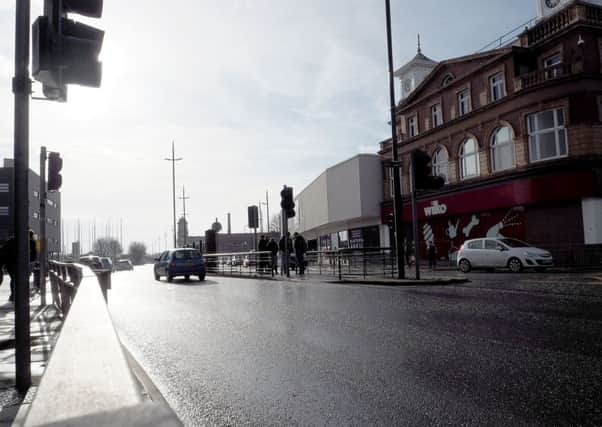Hartlepool council bosses to spend £1.2million next year to start five-year road maintenance programme


A report outlining improvements to roads has been unanimously approved by the Hartlepool Borough Council’s Neighbourhood Services Committee.
For 2019/20 the capital grant allocation for highway maintenance is expected to be £1,188,000, and the five-year programme has been prepared assuming a similar level is allocated each year.
Advertisement
Hide AdAdvertisement
Hide AdThis means more than £6million could be spent on road improvements in Hartlepool by the end of 2023/24.
In 2019/20, an estimated £566,000 will be spent on the A689 across a variety of locations in Hartlepool, including Wynyard, Belle Vue Way, Stockton Street and Burn Road.
Meanwhile £194,000 is earmarked for A179 improvements, focusing on the Hart bypass and Powlett Road roundabout.
An estimated £120,000 will be spent on Brenda Road, £116,000 will be spent on Marina Way and £80,000 is allocated for sections of Coronation Drive.
Advertisement
Hide AdAdvertisement
Hide AdMoney is also earmarked for various sections of Dalton Piercy Road, Cleveland Road, Lister Street, Hibernian Grove and Heriot Grove.
Highway Inspector’s reports have been used to determine the schemes that should be given priority and consideration was also given to requests received from residents and councillors.
A report from Tony Hanson, council assistant director for environment and neighbourhood services, said the scheme will focus on some of the major routes throughout the borough.
He said: “The 5-year programme is based on the assumption that future year allocations will be of similar levels to this year.
Advertisement
Hide AdAdvertisement
Hide Ad“The highway network is constantly under threat from damage caused by increases in the volume of traffic, greater vehicle weights, the weather and the disturbance of the structure of the road.
“Reconstruction works have been identified where other processes are not
appropriate, and will be carried out in the interests of highway safety.
“Generally, however, other treatments such as re-surfacing and surface
Advertisement
Hide AdAdvertisement
Hide Addressing, which are cheaper but have a shorter term impact than full
reconstruction, will be utilised.
“The roads to be resurfaced are identified from detailed survey data, highway
inspections and engineer’s site visits.
“Any complaints raised throughout the year are also assessed to determine whether they should be considered for inclusion in the programme.”
He noted the council may need to re-prioritise individual projects as a result of other areas of the network deteriorating quickly and requiring emergency works.
Advertisement
Hide AdAdvertisement
Hide AdMain roads which carry higher volumes of traffic are resurfaced using Masterflex, which is a stone mastic asphalt material, whereas quieter, more lightly trafficked roads are done using, dense bitumen macadam (DBM).
Nic Marko , Local Democracy Reporting Service